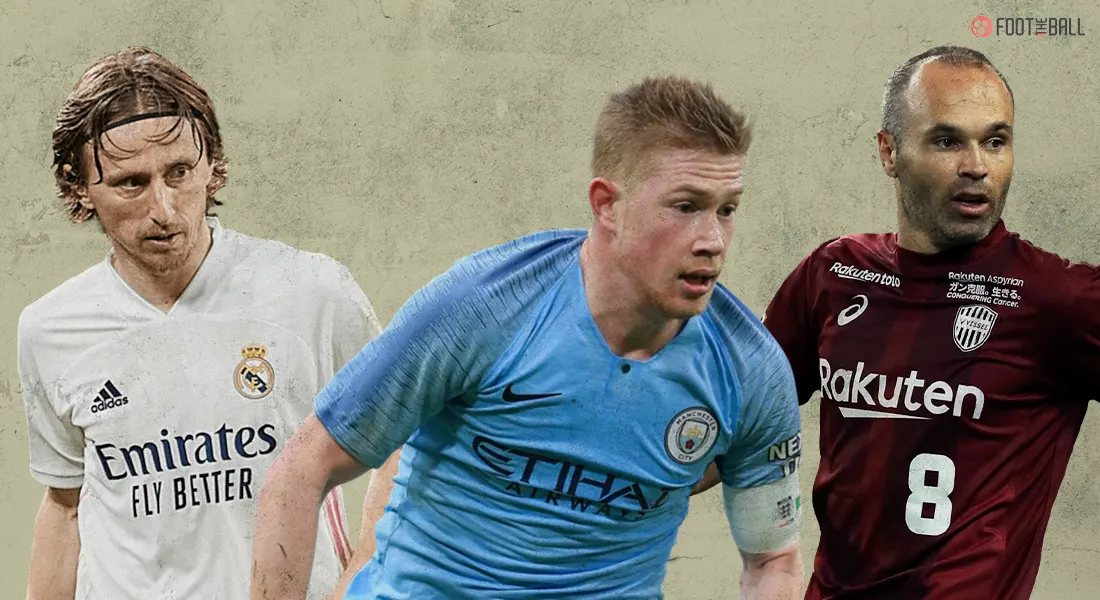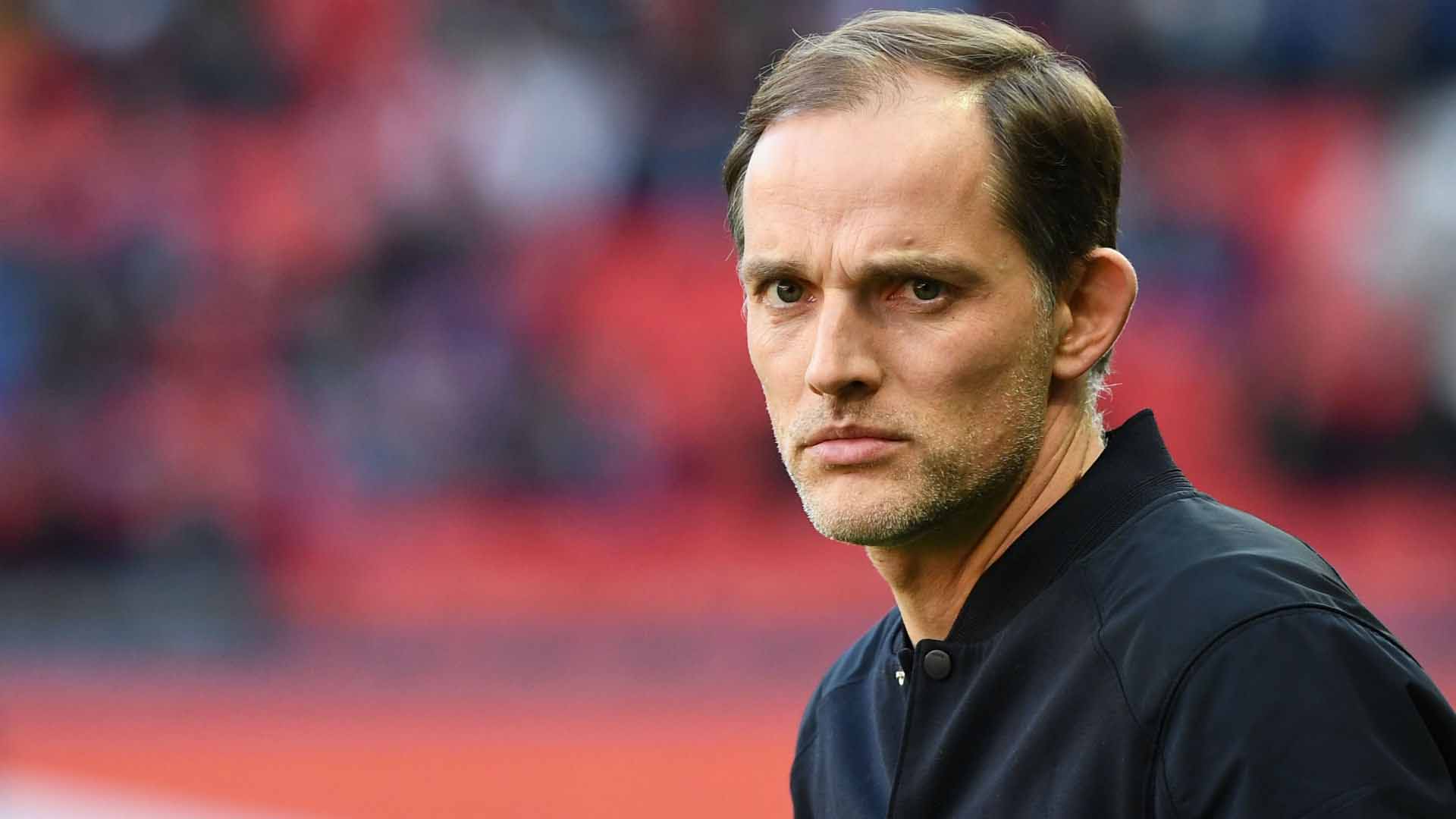Italian football has gifted a lot of terms to the beautiful game such as the trequartista, regista and mezzala over the years.
A lot of people might know about what the terms trequartista and regista might mean in footballing jargon and may even use them in daily conversations about the beautiful game.
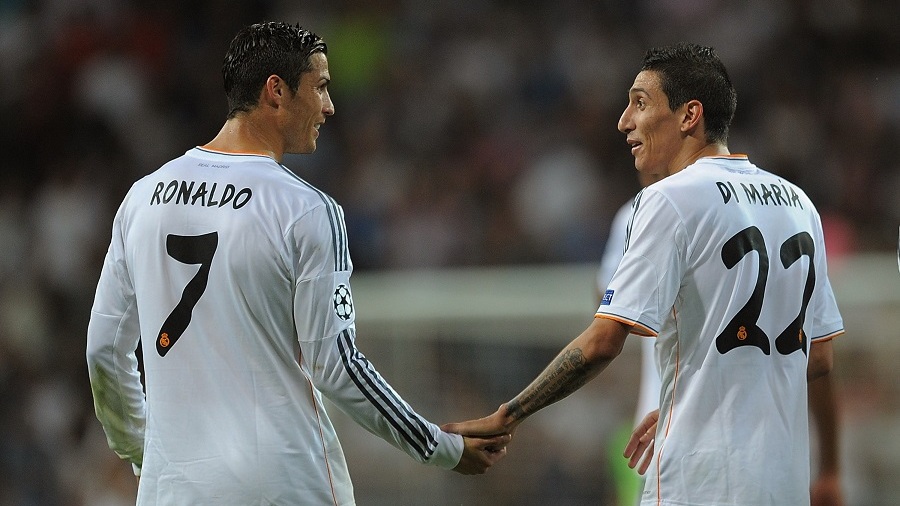
But mezzala has been a term that has been on the fringes/ periphery of the consciousness of football fans and enthusiasts for a long time.
It isn’t as frequently used within conversations and discussions related to tactics, formations, strategies and positioning.
As such, FootTheBall explains what exactly a mezzala means in football.
What is a Mezzala?
Popularised by the game Football Manager, the term “Mezzala” is now a part of the wider football lexicon. Even though it is a role that has been performed by many over the years, giving a name to it helped increase its popularity.
When translated to English, mezzala means ‘half-winger’. But how is this position visualised on the pitch and what is a mezzala expected to do for their team?
The most popular formation in which the mezzala is deployed by any manager is the classic 4-3-3 formation in which such a player can display their creative flair and technical prowess. The “Mezzala”, in such a formation, is usually one of the two forward midfielders in the middle of the park.
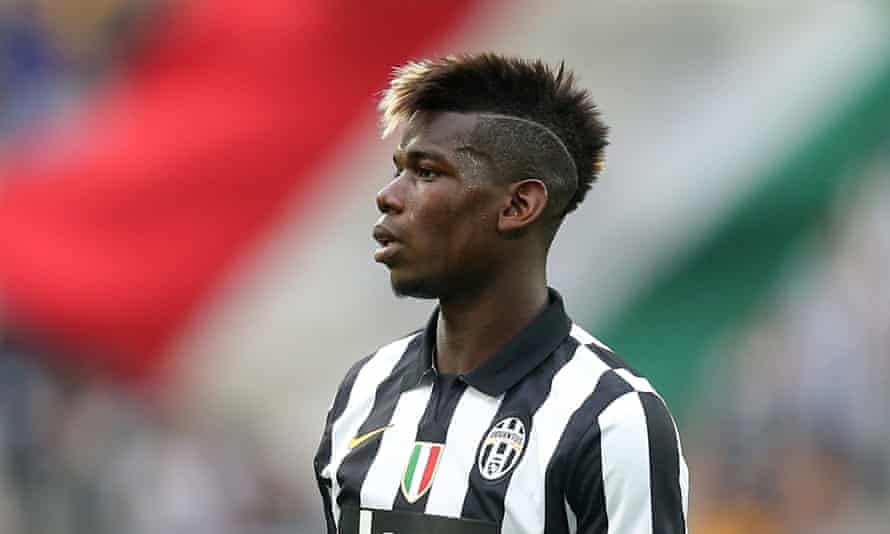
In recent times, the mezzala position has come to the fore in football since the demand and supply for these players rose in teams.
At the most rudimentary of levels, a mezzala is the central midfield player who plays in the widest positions on the pitch in the middle of the park. The role can be compared to a traditional No. 8 player on the pitch who is supported by at least one defensive-minded player in the heart of the midfield.
Such a midfielder contributes greatly to the attacking moves of his team when they are in possession of the ball, exploiting the space created by drifting wide.
They have to be deft, intelligent and visionary to be able to visualise attacking moves before they actually start on the pitch.
In addition to their own contribution on the pitch, mezzale are able to free up space for the traditional wingers on the pitch who drift inside into acres of space they find themselves in after the mezzala has worked his/her magic.
Such players have to be sharp, quick-witted and intuitive to be able to thrive in their role on the pitch and cause havoc for the defenders of the opposition team.
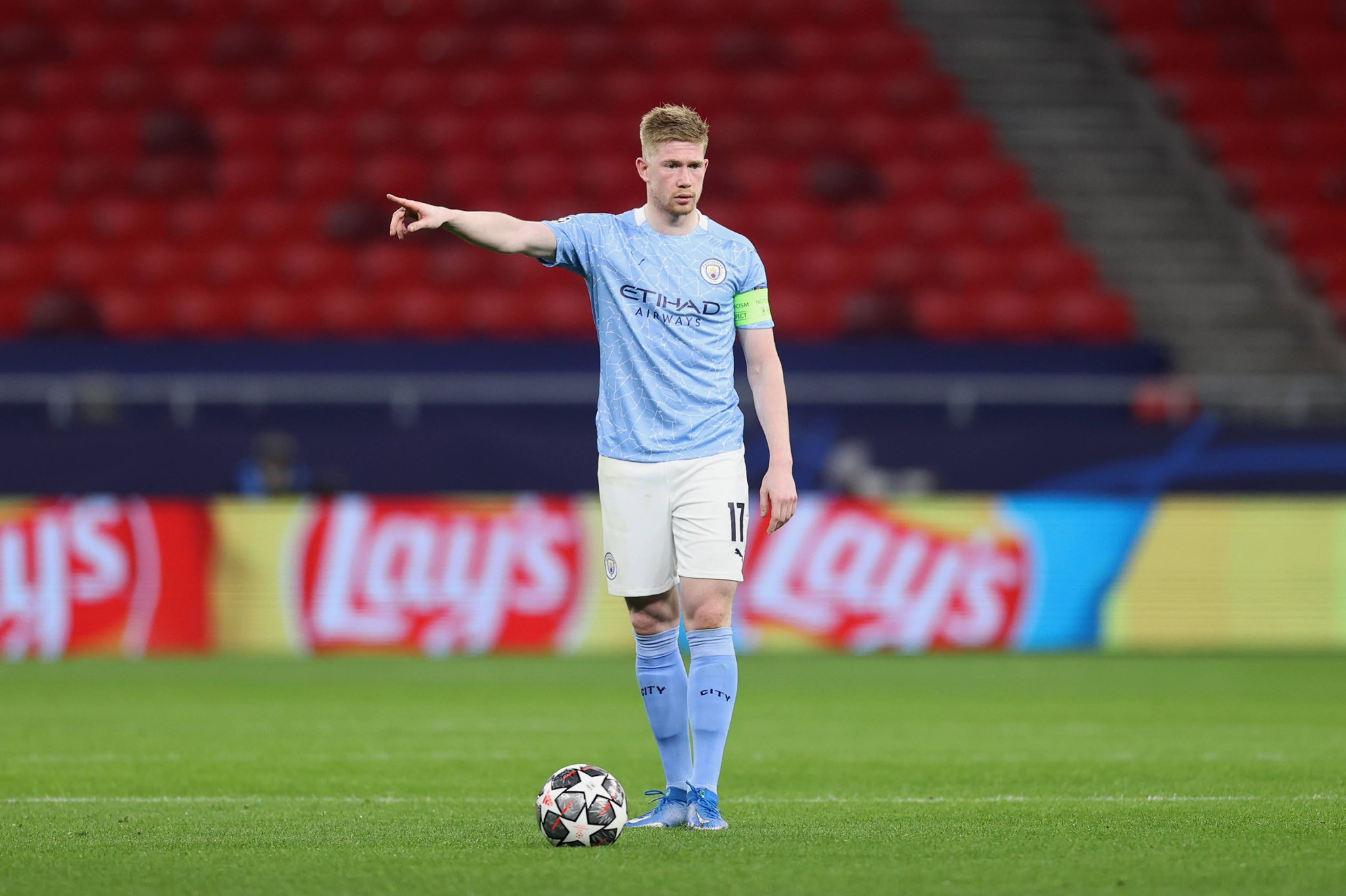
Some skills that are a must-have for the mezzala include but are not limited to good passing range, the skill to play out of tight spaces and difficult situations and excellent stamina levels to get back into shape when deprived of possession. The stat xT (Expected Threats) is pretty much made for measuring the true impact of Mezzala.
In essence, a mezzala is a vital cog in any team that she/he plays in and is tasked with creating space for their teammates. It either comes in a direct manner with the help of their accurate passing ability.
Or it can be achieved indirectly by luring opponents towards themselves with sharp off-the-ball movement to create pockets of space for other midfielders and forwards in their team.
Famous “Mezzalas” over the years
The mezzala position in midfield has been represented by some of the best football players of their respective generations.
Spanish midfield maestro Andres Iniesta used to play as a mezzala at times for both Spain and Barcelona alongside another midfield legend Xavi Hernandez.
The Spaniard is the most decorated player to ever don the national colours of La Roja and was renowned for his exquisite passing ability, deft runs with the ball in the penalty area and accurate through passes to the team’s forwards.
Another player who has emerged as a mezzala in recent seasons is Croatian captain and Real Madrid midfielder Luka Modric.
Modric plays in a variety of roles for Los Blancos including the mezzala role. His combination with other midfielders, namely Toni Kroos and Casemiro has borne fruitful results for the Spanish capital club.
For his country too, Modric is the pivot on which the entire team rotates, the fulcrum that is essential to their attacking build-ups.
The former Tottenham Hotspur player thrives on playing as a mezzala given his tactical intelligence and outstanding reading of the game that enables him to anticipate situations even before they materialize on the pitch.
It is a testament to his otherworldly abilities that he won the prestigious Ballon d’Or accolade ahead of the likes of Lionel Messi and Cristiano Ronaldo in the year 2018 for guiding Croatia to the 2018 World Cup final – a competition where he was adjudged the best player of the tournament.
In the recent “Gegenpressing” revolution of modern football, Mezzalas, also termed as “Free 8s” have become crucial. As a result, modern midfielders need to have varied skillsets. While this has led to the death of the conventional No10, multi-functional players have thrived.
Pedri is a new and upcoming mezzala who likes to occupy the half-spaces and loves to attack from out wide. He is often termed the “Next Iniesta” and similarities are clear to see.
In the Premier League, Pep Guardiola uses a troika in midfield where Rodri holds his position and the further two midfielders both function as quasi-mezzalas. Kevin de Bruyne, particularly, loves to start in the middle, then move out wide to whip in devilish crosses. The full-backs then come into the centre to occupy the space left by the mezzala.
Mezzalas are here to stay
With each tactical revolution, some positions find themselves in jeopardy. Either those positions reinvent themselves or they die at the hands of evolution.
Age of pressing led to the demise of top-level careers of players like James Rodriguez and Mesut Ozil. Static poachers or conventional shot-stopping GKs are also under threat. However, Mezzalas, due to their varied skillsets and athleticism, will never go out of business. Multiple world-class players have reinvented themselves to become mezzalas.
This trend is expected to continue with the likes of Pablo Torre, Hannibal Mejbri and many others the next in line to take up this mantle. So make space out wide, because a Mezzala is eyeing out to create a goal from an unexpected situation.

